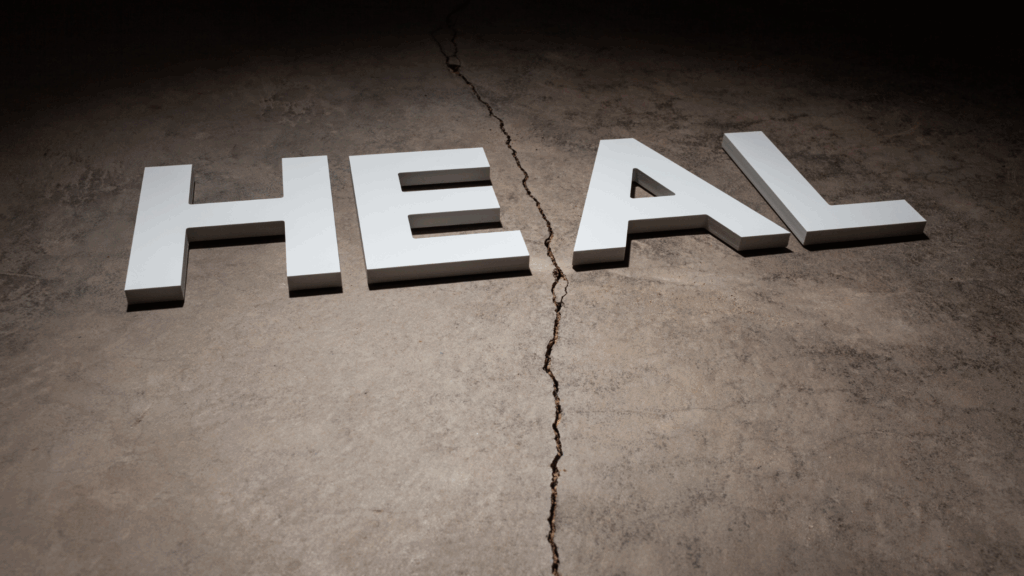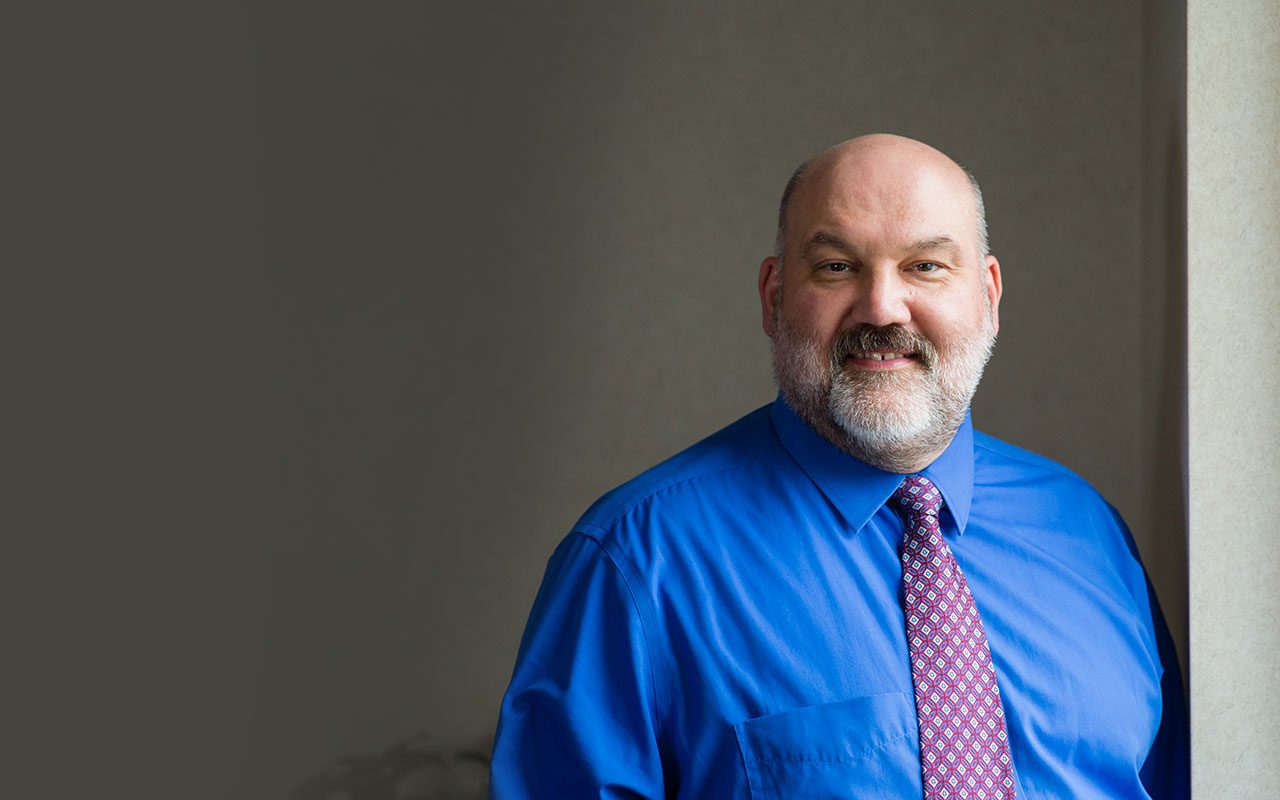The human spine is a powerful yet flexible structure that supports the body’s weight and allows for motion. One of its most important components is the intervertebral disc, which sits between the vertebrae (spinal bones) and acts like a cushion or shock absorber. These discs are crucial for everyday movement, including bending, lifting, twisting, and even sitting. Despite their strength and flexibility, spinal discs cannot heal themselves once injured. This is due to their unique anatomy, poor blood supply, and the stresses they face daily.
Anatomy of the Intervertebral Disc
Each intervertebral disc is made up of three main parts:
- Annulus Fibrosus
The annulus fibrosus is the tough outer ring of the disc. It is made of strong collagen fibers arranged in circular layers. These layers give the disc strength and help it resist pressure from movement. The annulus keeps the disc together and contains the gel-like center called the nucleus pulposus. - Nucleus Pulposus
Located in the center of the disc, the nucleus pulposus is soft, jelly-like, and full of water and proteins. Its main job is to absorb shock and spread pressure evenly across the disc during movement. It allows the disc to return to its shape after being compressed. - Vertebral Endplates
These are thin layers of cartilage that sit on the top and bottom of each disc, separating it from the vertebral bones above and below. The endplates play a critical role in disc nutrition. Because most of the disc does not have blood vessels, nutrients must reach the disc by slowly diffusing through the endplates.
Blood Supply and Disc Physiology
The spine’s discs are the largest structures in the body without a direct blood supply. Most of the nutrients that discs need to stay healthy travel into the disc through diffusion—a slow process in which nutrients move from areas of high concentration (in the blood vessels of the vertebral bones) to low concentration (in the disc). This occurs through the vertebral endplates, which makes them vital to disc health.
- Outer Annulus Fibrosus: Has a limited blood supply in its outermost layers. Small blood vessels penetrate the outer disc annulus fibrosis layers and provide a small amount of healing potential.
- Inner Annulus and Nucleus Pulposus: Have no blood supply at all. These parts depend entirely on diffusion from the endplates for nutrition and healthy function.
- Endplates: The main pathway for nutrients and waste exchange for the disc.
Because most of the disc has no direct access to the blood supply, it cannot benefit from the normal healing response that other tissues in the body rely on after injury.
The Role of Blood Supply in Healing
All healing in the body depends on blood flow. When a tissue is injured, blood delivers oxygen, nutrients, white blood cells, and healing proteins like platelets and fibrin. This sets off a healing cascade, which includes:
- Inflammation – Damaged tissue signals the immune system.
- Clotting – Proteins like fibrin help form a barrier and stop further damage.
- Repair – Cells begin rebuilding the injured tissue.
- Remodeling – The tissue returns to its normal structure and function.
Tissues like muscles, skin, and the lining of the mouth heal quickly because they are rich in blood vessels. Tendons and ligaments heal slower, by comparison, because their blood supplies are less abundant then the other listed tissues. On the other hand, cartilage and especially intervertebral discs have minimal – if any – healing potential due to limited or no blood supply.
Repetitive Motion and Disc Damage
Discs are designed to allow motion while providing support, but they are constantly under stress. Everyday activities like bending, lifting, twisting, and especially prolonged, uninterrupted sitting put excessive pressure on the discs.
When a person sits for a long time, especially with poor posture, the pressure on the lumbar (lower back) discs increases significantly. This pressure tends to be focused on the dorsal wall (back part) of the disc. Just beyond the dorsal disc wall is where the spinal nerves reside. Over time, this stress causes small cracks, called fissures, to form in the inner annulus—a region that has no blood supply and cannot heal.
These annular fissures always start deep inside the disc and progress outward. Because they lack access to blood, they cannot repair themselves. Over time and with continued bending, lifting, twisting, or uninterrupted sitting, these fissures:
- Increase in number
- Become longer
- Branch out in complex patterns
- Widen and allow the nucleus pulposus to leak out
This process is gradual but irreversible. Once a fissure forms, it cannot heal or go away on its own.
Disc Abnormalities Seen on MRI
As fissures worsen, they lead to structural changes within the disc. When these changes are visible on MRI, they are given different names based on the appearance:
- Disc Protrusion: A focal area of the disc annulus extends beyond its normal boundaries, but <25% of the disc circumference is involved. The nucleus is still contained within the annulus.
- Disc Bulge: The disc annulus extends slightly beyond its normal boundaries >25% of the disc circumference and the outer layers of the annulus are still intact.
- Disc Herniation: The nucleus pushes through a tear in the annulus, often irritating nearby nerves.
- Disc Extrusion: The nucleus has broken through the annulus and is no longer contained at all.
- Degenerative Disc Disease: The disc loses height, dries out, and becomes structurally weak due to loss of nucleus material and collapse of the annulus.
All of these disc abnormalities begin with fissures in the annulus fibrosus.
Why Traditional Treatments Fall Short
- Physical Therapy: Can improve spinal motion and strengthen muscles, which results in better biomechanics of the spine, but cannot seal annular fissures.
- Medications: Reduce pain temporarily but don’t address the structural damage.
- Epidural Steroid Injections: Temporarily reduce inflammation, but the fissures keep leaking, so the symptoms comes back.
- Surgery: May remove disc fragments and relieve nerve compression but cannot repair the disc wall fissure. Predictably, this can lead to repeated disc herniations and additional surgeries.
A New Solution: Discseel Procedure
Until recently, there was no way to seal disc fissures and stop the leakage of the nucleus pulposus. Now, an advanced nonsurgical treatment called Discseel is available.
Discseel involves injecting fibrin, a natural healing protein, directly into the disc where the annular fissures are located. Fibrin works like a biological glue to seal the fissures. This allows the disc to hold the nucleus inside and begin functioning more normally again.
Once the fissures are sealed, the disc’s natural physiology can begin to recover, relying on diffusion through the endplates to receive nutrients. Without ongoing leakage, the disc has a better chance of regaining hydration and stability.
Discseel is not yet widely available, but if you’re interested in learning more, visit RegenerativeSpineAndJoint.com or call Boris Terebuh, MD at (614) 999-9899. Dr. Terebuh is Ohio’s first and most experienced Discseel provider.
Final Thoughts
Spine discs are essential for spinal movement and stability, but their poor blood supply makes them uniquely vulnerable. Once annular fissures begin forming, the disc enters a slow decline that no amount of therapy or medication can reverse. This slow decline is the process of degenerative disc disease. By understanding the cause of disc problems and targeting the root issue—fissure formation—we can better manage spinal health. Discseel represents a breakthrough in addressing this long-standing challenge.

